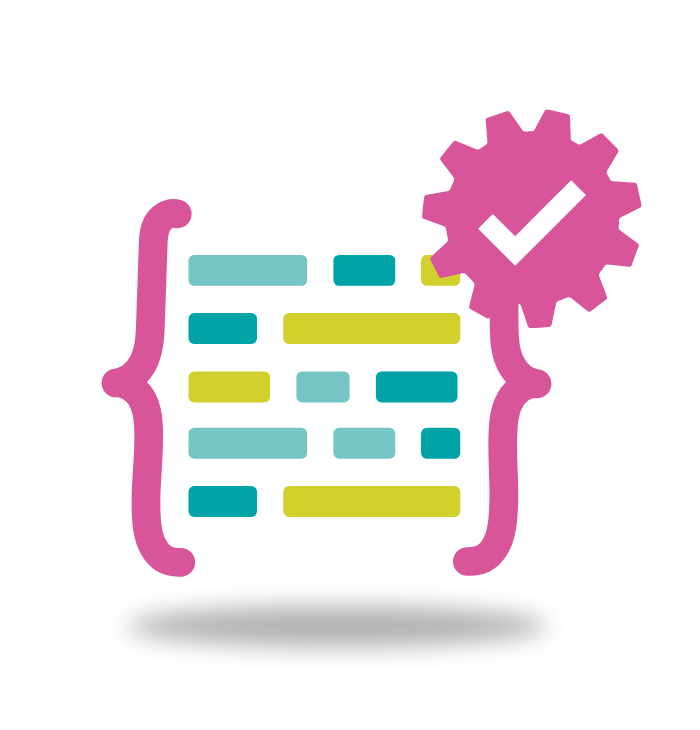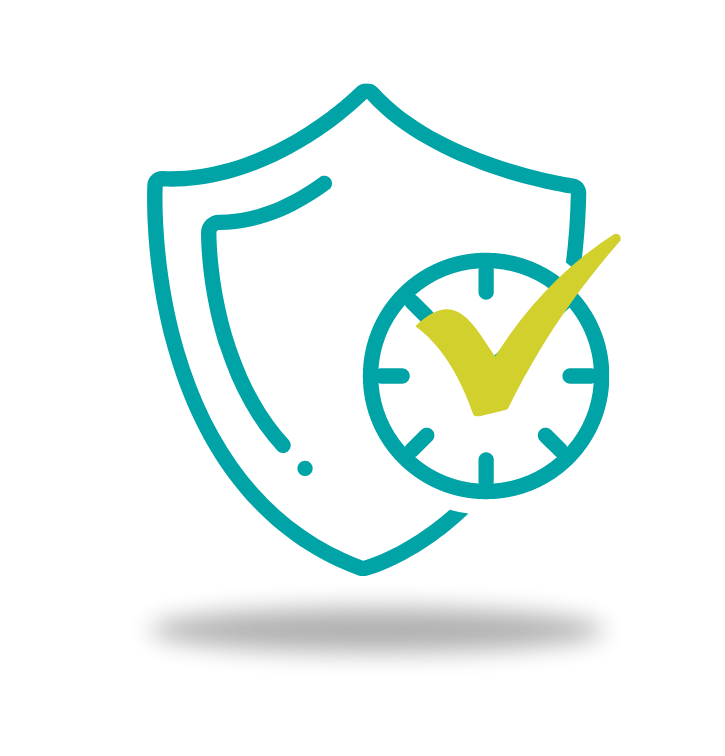

No matter the project, no matter the industry, having secure, quality code is a critical factor to an organization’s success. If the code quality is lacking, or if there are significant vulnerabilities, a business risks financial losses and resource drain.
IT professionals have linked business operations with code development for decades under a model known as DevOps. In this model, the barrier between software development and IT operations has been broken. Engineers collaborate alongside operations teams to efficiently and reliably develop code. As a result, code is designed to function in specific environments, and a continuous feedback loop allows for collaboration and communication.
In recent years, the practice has since been re-examined and improved to include security concerns in the form of DevSecOps. The integration of security into this method has yielded significant changes in cyberspace and has proved far more effective in reducing code vulnerabilities.
To create high-quality code that is secure, there are several steps teams can take.

Better code comes down to a few things: proper security testing, careful quality assurance, personal runtime protection, and code obfuscation.
Code security testing and analysis is a vital aspect of today’s competitive world. Proper security testing can alert developers to insufficient authentication, information leakage, poor binary protection, format string vulnerability, insufficient transport layer security, and more. Done manually, this is a tedious task, so professional code scanning solutions are often used as a way to significantly reduce the complexity of this step.
The main method for code security testing is to use Static Application Security Testing (SAST). This involves code scanning to identify vulnerabilities within source code. This allows the coder to re-examine susceptibilities and take preventative measures against possible cyberattacks.
SAST can be executed during the early development stages of the software, which means that teams can test the security of an application before it’s up and running. With the right tools, organizations can identify and monitor issues in real-time as the code is being created.
Another way to test software security is to hire a professional security agency or an in-house IT security team. While this may prove to be thorough and effective, it may also become costly and time-consuming.
SAST tools prove especially useful when developers inject third-party source code into their final product. Third-party code has its advantages, but open source components come with their own downsides. The most compelling ones are the threat of weak or malicious code. These issues make it undesirable for developers to add third-party code to a final product, but SAST tools offer reassurance by analyzing the code and building detailed reports — even on outsourced code.
This process can be completed by a dedicated security team, but the strain on resources often leads organizations to seek out code security tools instead.
Code quality is determined by a team’s goals and the organization’s priorities for which they work. However, high-quality code can be identified through two primary traits: reliability and consistency. Clean code should withstand the test of time — and the scrutiny of routine testing.

Better quality code also leads to higher code safety and usability of the application. As such, it is imperative that teams make sure that the code’s quality meets the mark.
Since there isn’t one particular standard to which the quality of the code must measure up, quality tests vary based on the requirements of the application and the developers. In order to measure the quality of a given piece of code, these tests assess the following traits:
By examining the code from these points of view, developers can reduce the number of defects found throughout the code. Unfortunately, when an individual programmer tests a code’s quality, less than 50% of the defects are rectified on average. As a result, there are a few tools and practices that developers use to ensure quality.
The best way to elevate the quality of a code is simply by using a single coding standard. This may be done at the start of the software development life cycle and will promote a more consistent style throughout the application.
Modern static analyzers hold great versatility, and are not only able to analyze code for security vulnerabilities, but also test for incoherent or low-quality code with real-time feedback. To do this efficiently, these code scanning tools are run in the early stages of software development, and employed after every portion of the code is completed in order to remain consistent. While these do not completely eliminate the possibility of bad code, code analyzers significantly reduce the likelihood of facing such problems before the code review stage even commences.
Unit testing is a technique that isolates a single portion of the code and examines it by initializing that portion and stimulating it with an action in order to observe the result. This ensures that the code is running as intended and is at an acceptable quality level.
Code review is a staple in making sure that the code is of good quality. This step should always be done by a dedicated professional in coordination with employing the relevant tools.
The concept that all code can be reverse-engineered given enough effort and time is well known. However, a large portion of code — especially code developed on Android, Java, and .NET — can be cracked in virtually no time. To protect code from malicious actors, developers use code obfuscation to make it extremely complex for attackers to reverse engineer it.
The methods of obfuscation vary but they are mainly executed by layering code without changing the working of the actual software.
This approach changes the name of variables and objects. This allows for layers upon layers of alteration to take place in the code which would make reverse engineering it an exponentially harder task for both decompilers and humans.
This is a very basic but effective technique that adds dummy code to the software. The code doesn’t affect the logical flow of the program but makes the amount of data available to the decompiler programs larger and thus harder to process.

RASP is a framework that developers implement alongside the software code in order to report on and prevent outside attacks on the system. RASP operates by continuously analyzing the working of the running software and gathering that information in order to eliminate threats. This technology is fairly developed, with the first being deployed in 2012, so there are several top-tier providers available in the market.
Software development is no easy task, and performing manual security testing, maintenance, and further protection can set organizations back and keep them from essential business tasks.
For obfuscation and runtime protection, PreEmptive helps organizations make applications more resilient. To save time and reduce risk, businesses are encouraged to use tools like Kiuwan Insights Open Source solution that test for quality code, remediate vulnerabilities, and ensure compliance.


